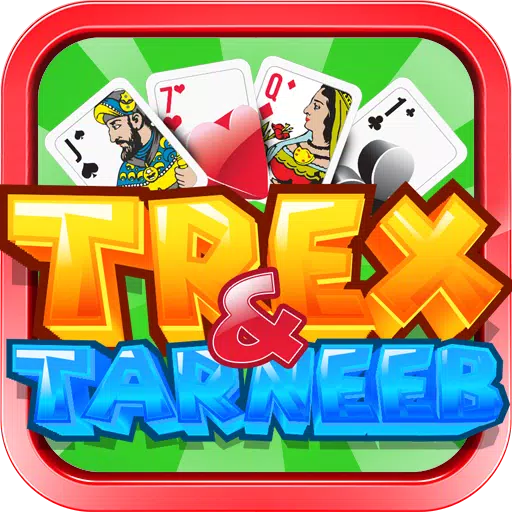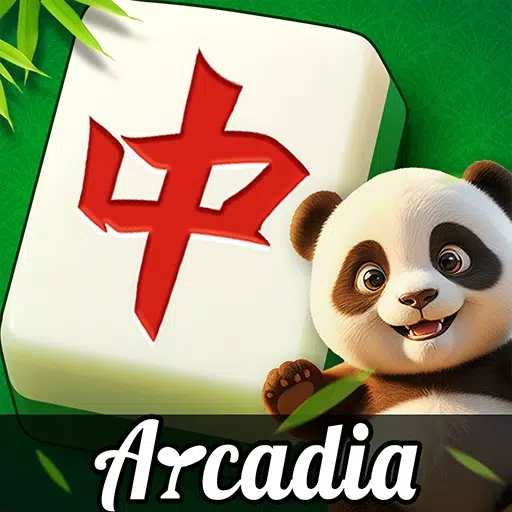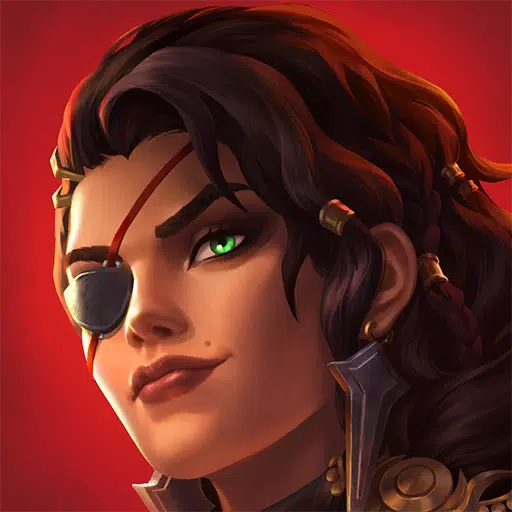After id Software's stellar revival of Doom in 2016 and its even more refined 2020 sequel, Doom Eternal, it would be challenging for Doom to reach new heights. Instead, Doom: The Dark Ages, a medieval-themed prequel, opts to keep both feet firmly planted on the ground, delivering a high-speed, high-skill-ceiling first-person shooter experience closer to the hordes of Hell’s minions.
The new Doom shifts away from Eternal's platforming, focusing instead on strafe-heavy gameplay that emphasizes raw power. Of course, the iconic guns remain a staple – this is Doom, after all! A highlight from the reveal trailer is the new Skull Crusher, which uses the skulls of fallen enemies as ammunition, firing them back at living foes in smaller, high-velocity pieces. Yet, The Dark Ages places a significant emphasis on melee combat with three distinct weapons: the default electrified gauntlet that can be charged, the flail, and the standout Shield Saw from last summer's reveal trailer, which can be thrown or used to block, parry, or deflect. As game director Hugo Martin emphasized after my demo, "You’re gonna stand and fight."
It's no surprise, then, that Martin cites three key influences for The Dark Ages: the legendary original Doom, Frank Miller’s Batman: The Dark Knight Returns graphic novel, and Zack Snyder’s 2006 film 300, which itself is based on a graphic novel by Miller.
The modern Doom series' trademark Glory Kill system has been revamped; fatalities can now be performed from any angle on the battlefield and will adapt accordingly. This change accommodates the swarms of enemies you'll face, reminiscent of 300 and the original Doom. Combat arenas have been expanded into "combat bowls," and you can tackle objectives in any order, exploring the levels freely. Martin notes that levels have been shortened where necessary to maintain an optimal playtime of about an hour each.
Addressing a critique from my Doom Eternal review, The Dark Ages will no longer relegate its story to the Codex. Instead, it will unfold through cutscenes, promising to take players to the far reaches of the Doom universe. id Software describes the narrative as a "summer blockbuster event with everything on the line," with the Slayer's power at the center of the conflict.
Martin also emphasized the team's efforts to simplify the control scheme, acknowledging that Doom Eternal's controls were overly complex. The goal is to create an intuitive setup, so players aren't fumbling for unfamiliar buttons under pressure. Melee options will be equipped one at a time, like equipment. Additionally, the game will feature more secrets and treasures, with a simplified economy using only one currency (gold). These secrets will enhance your skill progression, offering tangible gameplay benefits rather than just lore.
Players can now fine-tune the difficulty with custom sliders, adjusting aspects like game speed and enemy aggression directly from the UI, offering a highly personalized challenge.
I gained further insight into two standout sequences from the reveal trailer: the 30-story demon mech (the Atlan) and the cybernetic dragonback riding. These won't be one-time events but come with a full range of abilities and minibosses to battle. Notably, there will be no multiplayer mode this time, as the team's focus is on crafting the best single-player campaign possible.
As someone deeply impacted by the original Doom in 1993, Martin's shift away from Eternal's direction back to the core principles of the 30-year-old classic in designing The Dark Ages resonates strongly with me. "It’s just gotta be different [from Eternal]," Martin said. "Especially if I loved the game. [If] I wanna play a Doom game, I wanna feel strong, but I’m OK with changing what that power fantasy is, especially if that change brings it closer to classic Doom."
This statement has me more excited than ever. The anticipation for May 15 can't grow fast enough.















